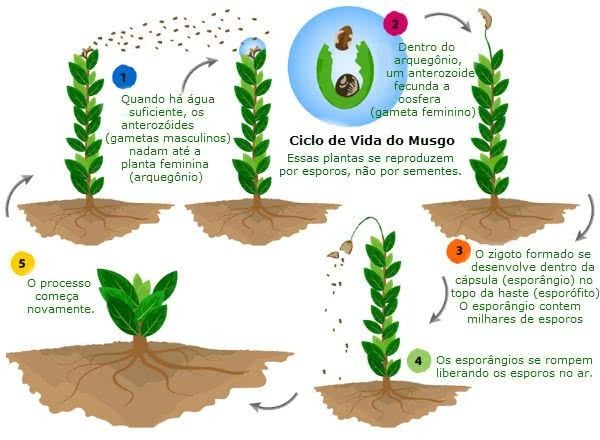O global warming can be defined as a process in which there is an increase in the average temperature of the oceans and the air layer close to the Earth's surface. This process can occur as a consequence of natural phenomena as well as human activities. Human action is responsible for increasing the emission of carbon dioxide, a compound that causes an increase in the greenhouse effect.
O global warming triggers serious effects to our planet, such as: melting of polar ice caps, disappearance of islands and coastal regions, in addition to the increase of extreme weather events, such as storms and heat waves. Another problem that deserves attention, and can already be noticed today, is the extinction of species of animals and plants.
→ Extinction of species
According to reports by the Intergovernmental Panel on Climate Change (IPCC), 30% of the planet's species are at risk of disappearing if the planet's global temperature rises by 2°C. Although it seems like a small change, it is enough to directly affect several species, especially those that are sensitive to environmental conditions, such as
amphibians and phytoplankton.Thus, there was a drastic drop, for example, in the number phytoplankton. According to some experts, this is because of the increase in sea water temperature. This increase leaves the water column stratified in some regions, which makes it difficult for nutrients to reach the phytoplankton. These changes in the sea affect the entire food chain, since phytoplankton are the basis of these chains.
We cannot forget to mention the greatest symbol of global warming and its impact on nature: the polar bears. These animals are heavily threatened as they live in an area that is suffering intensely thaw and so there has been a reduction in their hunting area, where they usually capture their prey, which rises to breathe in spaces between ice and water. Decreasing the hunting area reduces the ability to get food and consequently bears die. Some scientists also point out that this situation caused an increase in the occurrence of cannibalism among these beings.
Do not stop now... There's more after the advertising ;)
A very peculiar case involves some species of tropical frogs. According to WWF Brasil, more than 70 species of frogs from these places are dying as a result of the action of fungi that develop better at higher temperatures. This shows that global warming can also trigger the risk of diseases caused by some parasites.
The problems don't stop there. If global warming triggers the rise in sea level and the consequent reduction of coastal areas, another group of animals could be affected: the sea turtles. These animals need adequate places to lay their eggs, so the heat affects their reproduction. Also, as sex is determined by the temperature of the sand, temperature increases can affect the ratio of males to females.
In a way, all species are influenced by the increase in temperature, since the extinction of only one affects the entire food chain and the balance of the ecosystem. Thus, it is essential that we start to show more correct attitudes towards the environment in order to guarantee a healthy planet for future generations.
By Ma. Vanessa dos Santos
Would you like to reference this text in a school or academic work? Look:
SANTOS, Vanessa Sardinha dos. "Global warming and species extinction"; Brazil School. Available in: https://brasilescola.uol.com.br/biologia/aquecimento-global-extincao-especies.htm. Accessed on June 27, 2021.


